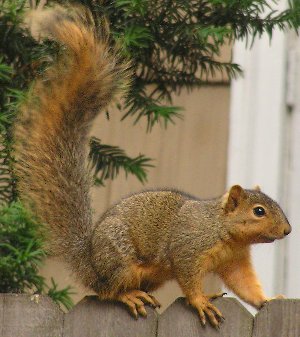As I strolled through Hermann Park on a sunny but chilly afternoon, I noticed a huge flock of birds flying down to the edge of the park’s lake from a tall, bare tree that they were resting in. I sat at a bench to watch these birds that seemed to stick together as they flew or pecked on the ground. Although I was watching these birds at the park, I knew that I had seen them around the city, especially at the MetroRail station, gathering at areas where they knew they could get food. These birds had plump bodies covered in light grey feathers with two black bands on their sometimes speckled wings. However, their small, round heads and necks were covered in dark grey feathers with traces of iridescent purple and green. With red eyes, they stared at their surroundings while walking on their red legs. These birds were none other than Columba livia, also known as the rock pigeon.
As I observed the rock pigeons, these birds behaved as they usually did whenever I saw them. They flew or walked, pecking the ground for food; however, I saw a behavior that I had never noticed before and that intrigued me: the bobbing of their heads. As the rock pigeons walked, their heads seemed to slowly move back and forth. As I chased after them, the pigeons would walk quickly with their head rapidly bobbing back and forth, most likely feeling threatened. This made me wonder, “Why do the pigeons bob their heads while walking?” (more…)







